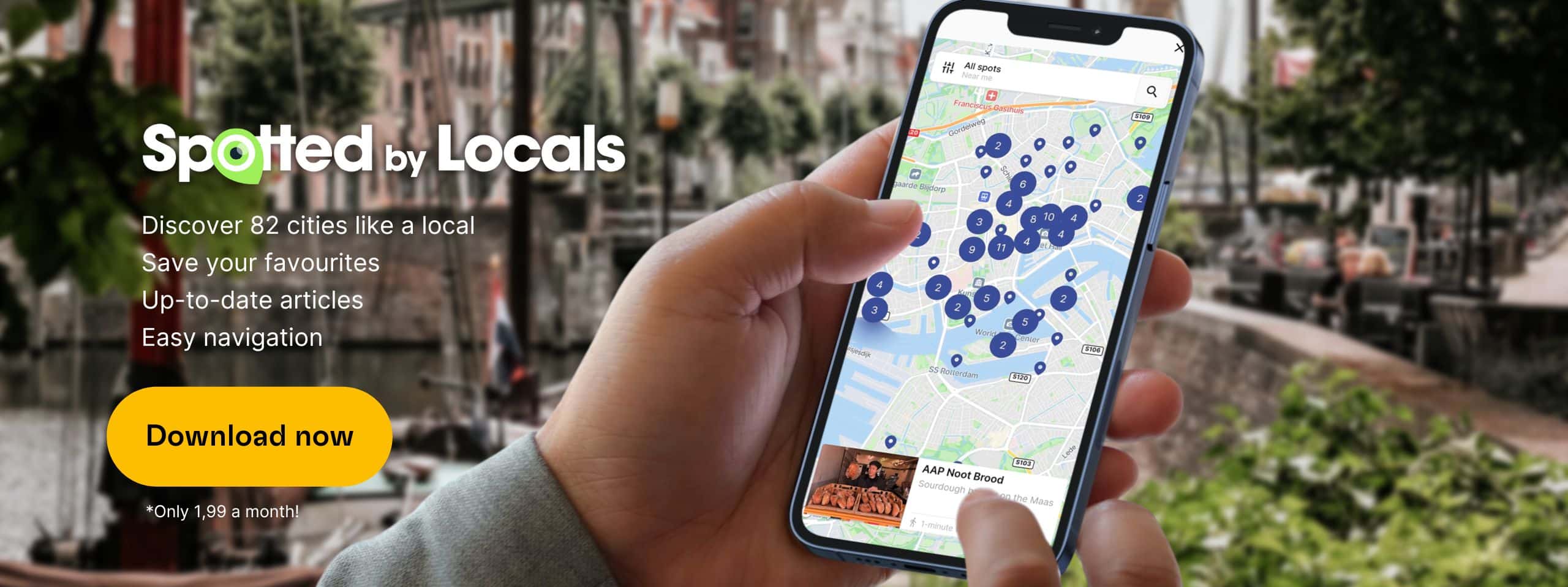“Beirut is the city that all the Arab countries have always needed, whether culturally, politically, architecturally, or artistically. This city is a melting pot of almost all ethnicities and those who wander its streets would feel so, just as authors and poets from different parts of the world who wrote about it felt it too.”- Samira Ezzo
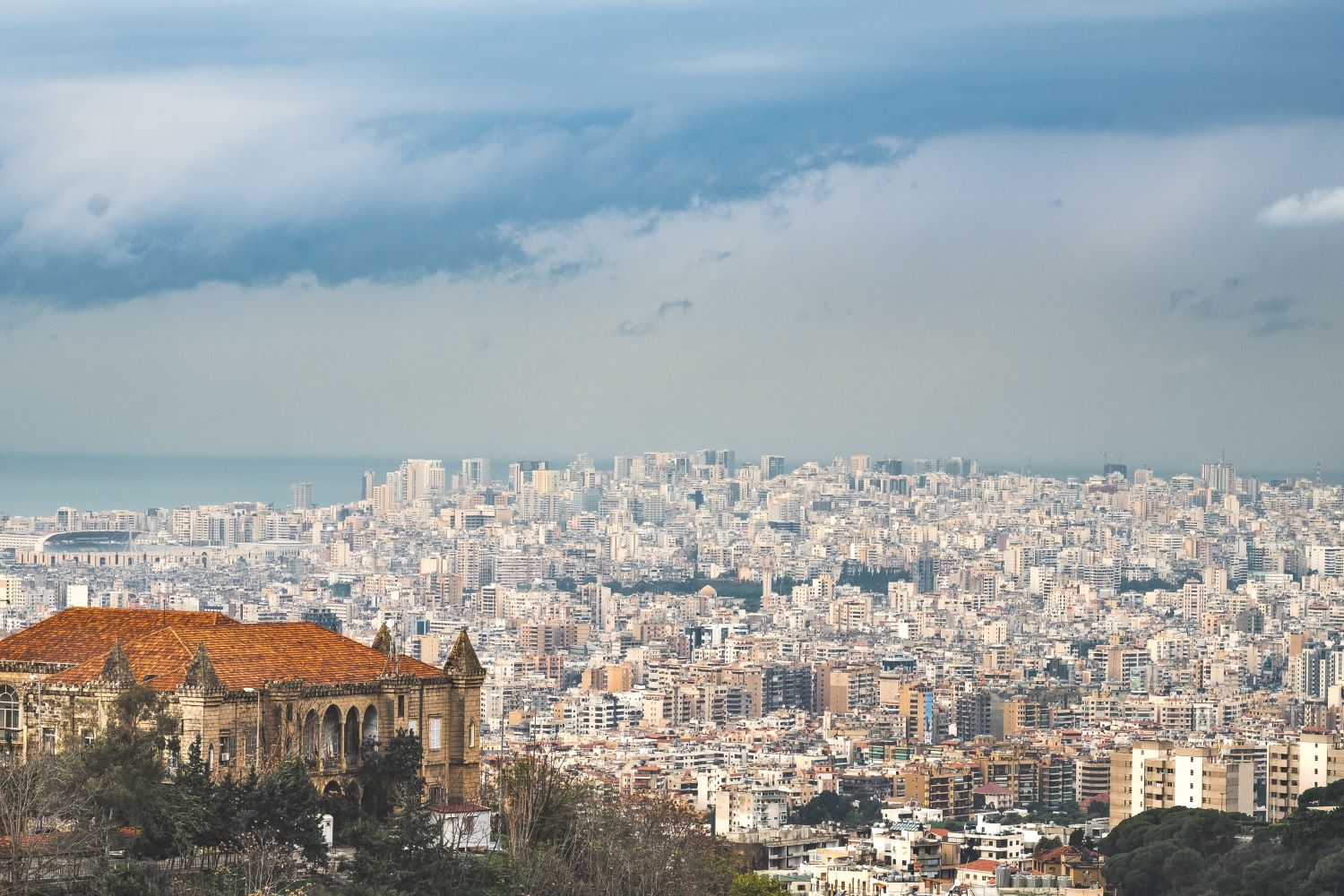
Beirut is a must-visit city in 2023 for several reasons.
1. History and Culture
Beirut is a city with a rich and diverse culture that reflects the various influences of the many civilisations that have passed through it throughout history. The city is a melting pot of different cultures and religions, reflecting the diverse population of Lebanon. Visitors can find a blend of Mediterranean, Middle Eastern, and Western cultures in the city.
Inhabited for thousands of years and is a melting pot of different civilisations. Visitors can explore ancient ruins, visit museums, and experience the vibrant nightlife and delicious cuisine.
Directly from our local spotters in Beirut, here are a couple of recommendations to explore the rich history and culture of the city:
Beit Beirut – Beirut’s museum of memory
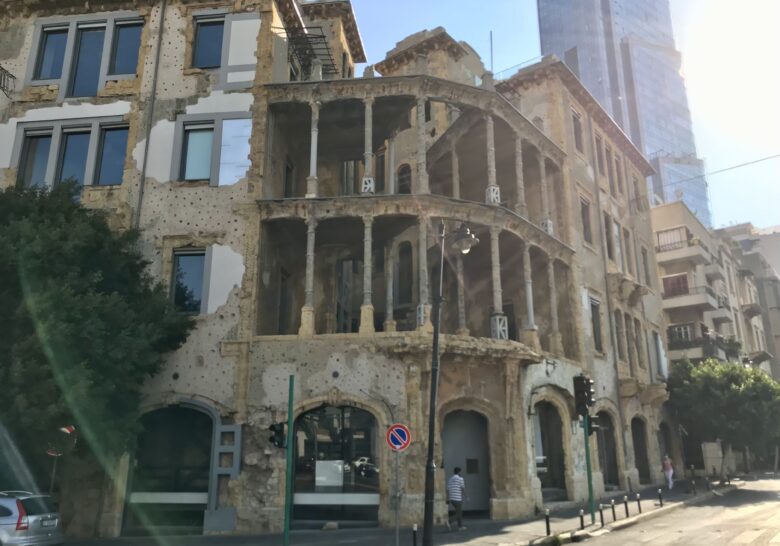
“Beit Beirut, or the Yellow building, has been standing since 1924 when a Lebanese couple, Nicolas and Victoria Barakat, assigned the Lebanese architect Youssef Afandi Aftimos to design the building.
After surviving the Lebanese Civil War that lasted for 15 years (1975-1990), the Lebanese architect, Dr Mona Hallak, fought for the building not to be demolished and turned into a museum and an urban cultural centre.
Unfortunately, it has yet to be a museum, knowing that there is not a single museum that discusses the Lebanese Civil War. It will stay open as a centre for art exhibitions and cultural events.”- Samira Ezzo
Al-Omari Mosque – Beautiful ancient mosque
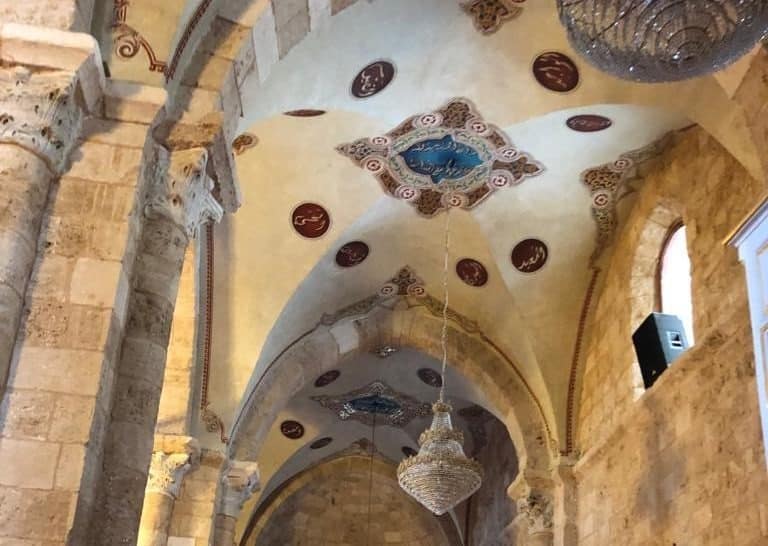
“Al-Omari Mosque is one of Beirut’s oldest buildings, dating back to the 13th century. I like to escape here in the heat of the summer if I need a moment of solace away from the honking horns and rolling traffic. The building has gone through many different forms of existence: it was said to have been a Roman temple or Roman baths initially, and then it was a church built by the Crusaders, and later it was reconstructed as a mosque.”- Lidija Liegis
National Museum – A national treasure
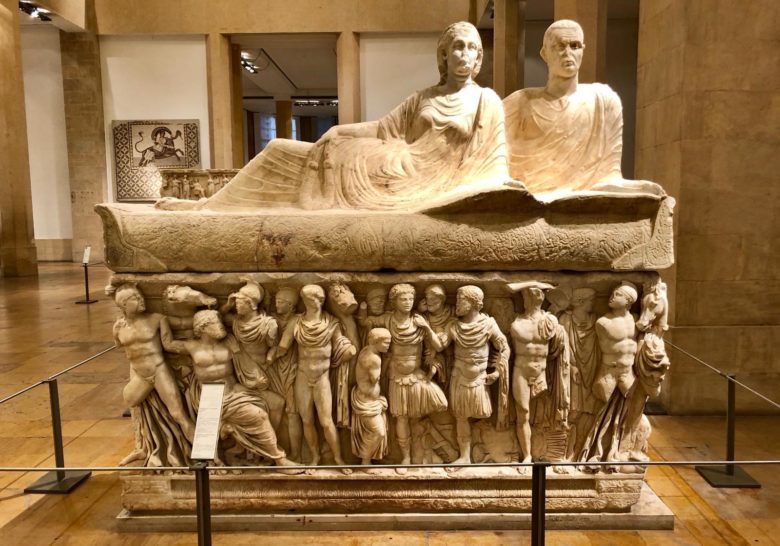
“The National Museum, known as the mat-haf, is one of the most underrated sites in Beirut. Ask any local and more often than not, they’ll tell you that they’ve never set foot in it. I think it’s well worth a visit: it has the world’s biggest collection of Phoenician sarcophagi in the basement level, displayed beautifully in a row with a mirror set behind them, so it looks like there are twice as many. Look out for the prehistoric items in the museum, including spears and flints, and the colourful Byzantine and Roman mosaics.”- Lidija Liegis
2. A City of Contrasts
Today, Beirut is a city of contrasts, where ancient history and modernity coexist. It is a melting pot of different cultures and religions, reflecting the diverse population of Lebanon.
with modern skyscrapers standing alongside Ottoman-era architecture and bustling streets contrasting with tranquil parks and gardens. This diversity makes for a unique and fascinating visit.
Here are a couple of recomenndations directly form our local Spotters for the ultimate travel experience:
Armenian Vartanants Church – A piece of Armenia
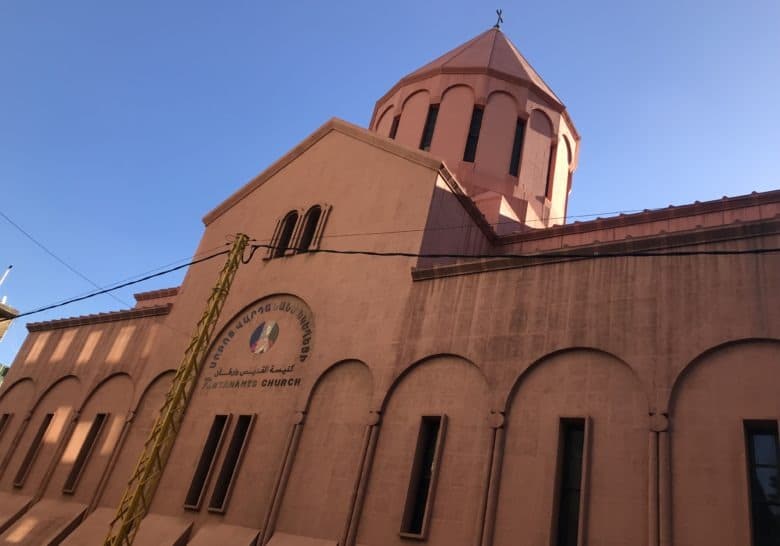
“So why have I chosen this as one of the must-see spots in Beirut? I chose this spot because I believe those who come to Lebanon need to understand Lebanon’s history in many different ways.
This Armenian Vartanants Church is located in Bourj Hammoud, also known as Little Armenia, where the majority of Armenian refugees, now immigrants/Lebanese citizens, have lived since way before the 1960s. In other words, it would be really interesting to see the Armenian vibe in Beirut and their restaurants, amazing food, stores, churches etc.”- Rayan Ezzeddine
Ain el Mreisseh
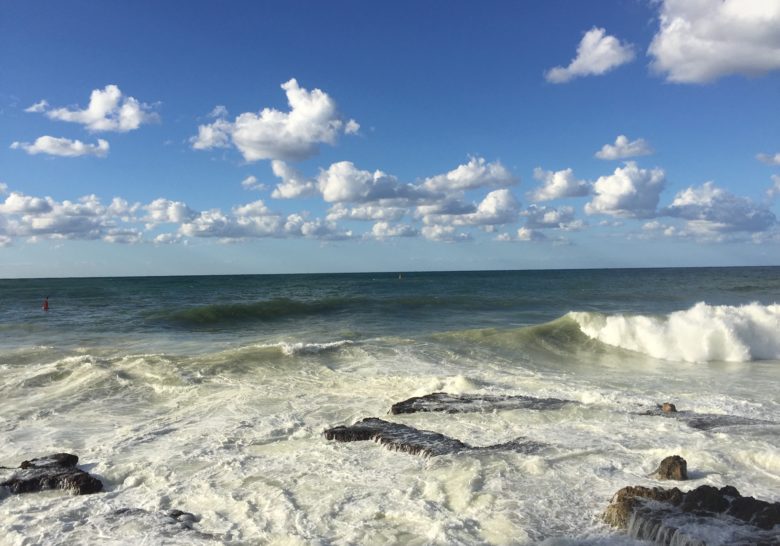
“Ain el Mreisseh is an area closest to the lighthouse, set on Beirut’s 5km-long Corniche. The Corniche starts in the historic Saint George Bay in the city’s downtown and ends after the public beach, Ramlet el Bayda. Ain el Mreisseh is my favourite stretch: it’s the prettiest, in my opinion, as you’re closest to the sea, and there are some interesting landmarks nearby such as La Maison Rose, a beautiful pink house built in 1882, and the old-fashioned black and white lighthouse.”- Lidija Liegis
Onomatopoeia Beirut – The music hub
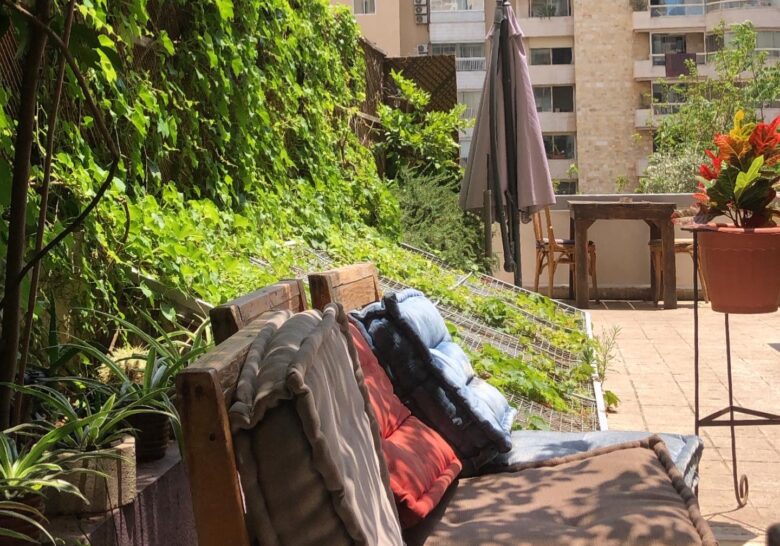
“This place is the definition of a hidden gem. I used to pass by this place and never realized its existence up until a year and a half ago, then it became one of my usual hangout spots. “Onomatopoeia” or as we call it “Ono” is a hidden underground music hub/coffee shop in the neighborhood of Sioufi-Ashrafieh with weekly cultural activities and events around art and music of various genres, a place always surrounded by symphony and melody.
I mean the name of the place reflects its story, “Onomatopoeia” origins in the Greek language, meaning the formation of a word from a sound associated with what is named, basically the words that represent a sound. The name was chosen as proof that music/sound is an international word/language.”- Najat Kibbi
Manara Palace Cafe
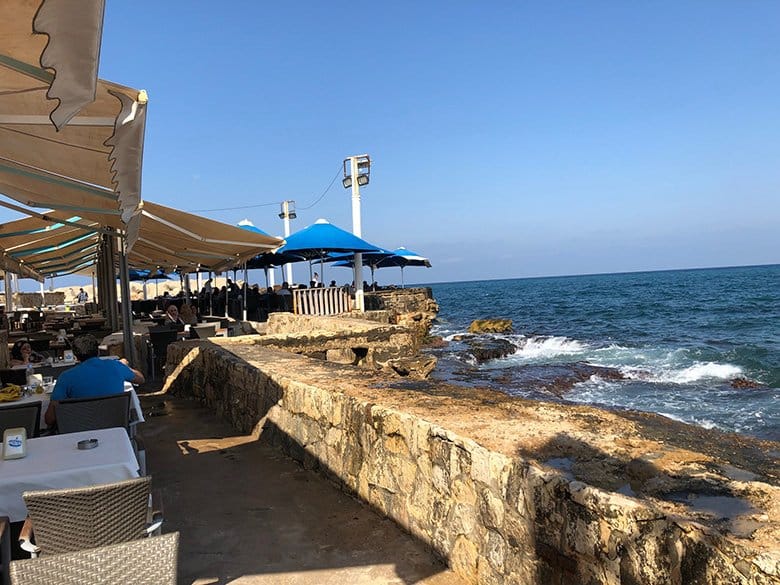
“Manara Palace Cafe is the perfect breakfast spot after a walk on the Corniche. I like to take one of the tables right by the sea: you’re so close to the water that you can feel the cool spray from the waves and smell the salt in the air.
The cafe serves typical Lebanese breakfast fare: labne, foul (flavoursome cooked beans), manaeesh and cheeses, as well as a variety of teas, coffees and fresh juices. Everything is laid out on starched white table clothes, with proper linen napkins.
But the main reason to come here is for the unbeatable view: on one side, you can look straight out onto the Med, and on the other you have the Beirut skyline with the mountains in the background. The cafe is an ideal place to come when I want to get away from the traffic and harried pace of the city, and enjoy the fresh sea air and some decent Lebanese fare.”- Lidija Liegis
3. The Delicious Lebanese Cuisine
Lebanese cuisine is a reflection of the country’s rich history and cultural diversity. It is a blend of Mediterranean, Middle Eastern, and Ottoman influences. The cuisine is known for its emphasis on fresh ingredients, herbs, and spices, and its healthy and flavorful dishes.
Mezze platters, a variety of small dishes typically served before the main course, are a staple of Lebanese cuisine. Popular mezze dishes include hummus, baba ghanoush, falafel, and tabbouleh. Kibbeh, a dish made of ground meat and bulgur wheat, is also a popular Lebanese dish. Another popular dish is shawarma, a dish of marinated meat cooked on a spit and shaved off to be served in a wrap or pita bread with various toppings and sauces.
Directly from our local Spotters, here are a couple of recomenndations for the best local restaurants to try while you’re in Beirut:
Falafel Abou Nabil – Serving falafel since 1958
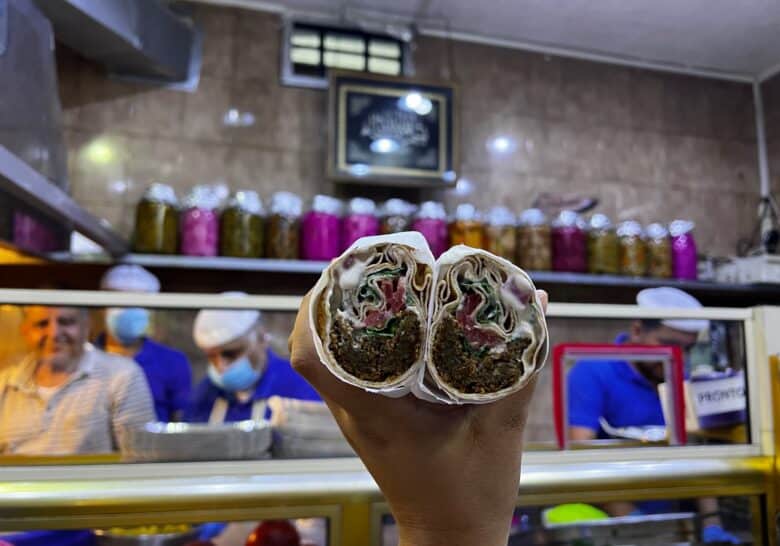
“Located in the Zarif neighborhood, close to Hamra in Beirut, Falafel Abou Nabil is the best falafel you could ever taste in Beirut. And trust me, I did try a lot of falafel shops and nothing hits my tastebuds with the fresh ingredients and tasty falafels like those served at Abou Nabil & Sons.
It all started with the grandpa Abou Nabil, who decided to open a wooden falafel kiosk in 1958 which turned into a hut, and finally a shop in 1975. This third-generation shop that kept on operating during most of the Lebanese War from 1975-1990, and is still running by the family itself is persistent enough to be still open against all odds.”- Samira Ezzo
Pool d’Etat
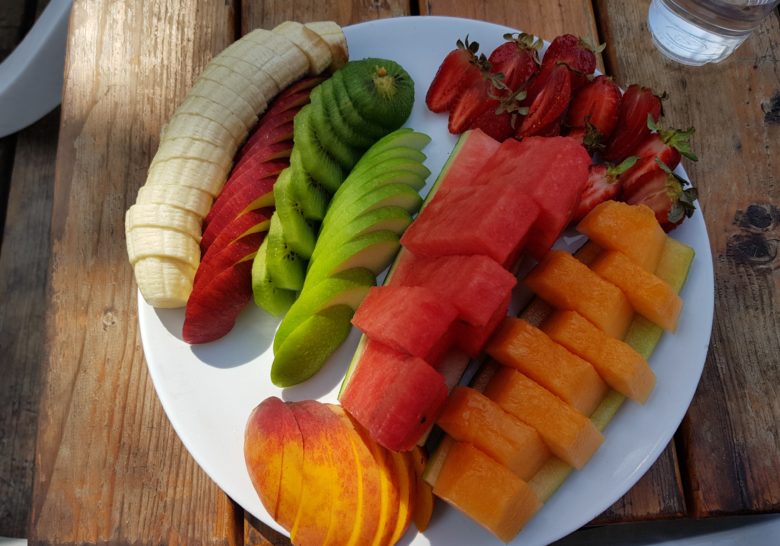
“The day I found out about Pool d’ État was a happy day for me. It’s a pool on a rooftop in the heart of Beirut with trees all around you that gives off a jungle feel. Entrance is 10.000L.L. midweek and 20.000L.L. on the weekends. The food is relatively cheap and their drinks are so good. And to top it all off, there’s a fruit platter to add to the exotic feel. It’s a place for everyone — solo sunbathers, families, friends… There’s a bed and breakfast in the building, so you’re gonna run into a lot of tourists staying there and hitting the pool for some famous Beiruti sun times.”- Stephanie Geryes
L’AVO – Everything avocado
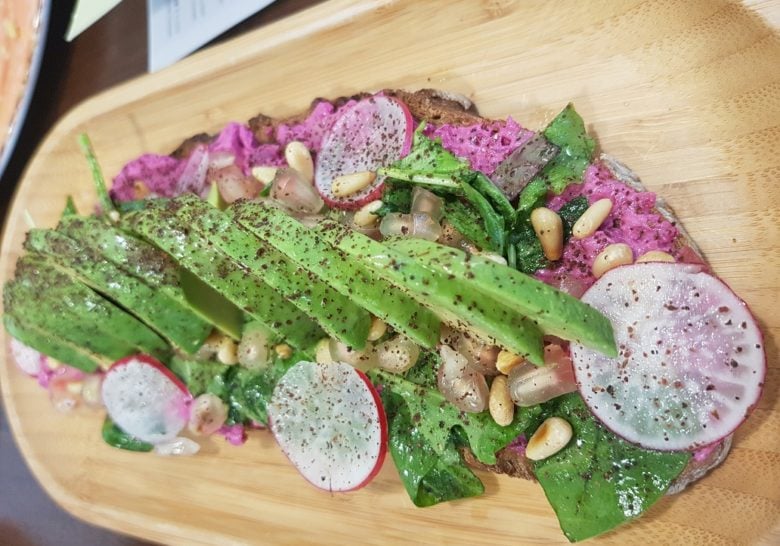
“What’s the one thing that makes everyone happy? You guessed it right: AVOCADO! The only thing that was missing in Beirut was an all avocado place. Until one day, 3 guys got together and decided to open that place and they named L’avo, which is French short for avocat.
It serves everything avocado, pasta, salads, zoodles, desserts, EVERYTHING! You can never go wrong with avocado, and the guys made it taste even better with every creation they made.”- Stephanie Geryes
4. A Budget-Friendly Trip
Beirut is a budget-friendly city, offering many affordable options for accommodation, food, and transportation. Visitors can find budget-friendly hotels and hostels in the city, as well as apartments and homestays for rent. There are many street vendors and local cafes that offer delicious, affordable meals.
The city also has a good public transportation system, including buses and taxis, that are relatively inexpensive. Additionally, the city offers many free or low-cost activities, such as visiting historical landmarks, strolling along the Mediterranean coastline, and experiencing the city’s vibrant culture and nightlife. With proper planning, it is possible to enjoy a great trip to Beirut on a budget. Here are a couple of examples:
Food
Labne Saj – 2.95 €
Baked Potato – 1.1 €
Schnitzel – 1.9 €
Kafta sandwich – 0.5 €€
Drinks
Pomegranate Juice – 1.5 €
Milk Shake – 2.4 €
Latte – 0.5 €
Art and Culture
National Lebanese Library – Free
Al-Omari Mosque – Free
The National Museum – 5 €
Click Here to Discover All The Locally Spotted Hidden Gems of Beirut
